Kitchen cabinet lighting ideas – how to create an illuminated feature out of your units
Kitchen cabinet lighting ideas have become a must-have element of contemporary kitchen designs. Here are the best looks that prove why...


Including kitchen cabinet lighting ideas into your design is a good plan for several reasons, depending on the type you choose. It can contribute to your kitchen's overall mix of task and ambient lighting, make it easier to find that otherwise lost-forever can of chopped tomatoes at the back of the cupboard, and even just create a decorative element that highlights your kitchen to its very best after dark.
This kind of kitchen lighting idea has become a huge trend in recent years for this very reason, creating a soft, warm, diffused light, which Sofia Bune Strandh of Sola Kitchens describes as 'the perfect mood-setter for a dinner party.’
If you're sold on the idea of kitchen cabinet lighting, we've curated plenty of brilliant examples of it used in real spaces, with expert advice on how to get it right.
Kitchen cabinet lighting ideas
Before you look at the different types of kitchen cabinet lighting, it's worth considering the basics of positioning the lighting inside the cupboard lighting. In general, if you use lights at the bottom of a cupboard, this will only really be good for accent lighting, whereas lighting from above is practical too.
'There may be items on kitchen shelving that you want to showcase so lighting from above, washing down a dresser unit is worth considering,' says senior design consultant Allison Lynch from Roundhouse, 'but it’s deemed as task lighting too as it helps you to easier find what you’re looking for within the cupboard when working in the kitchen or pantry.
1. Illuminate glass-front cabinets
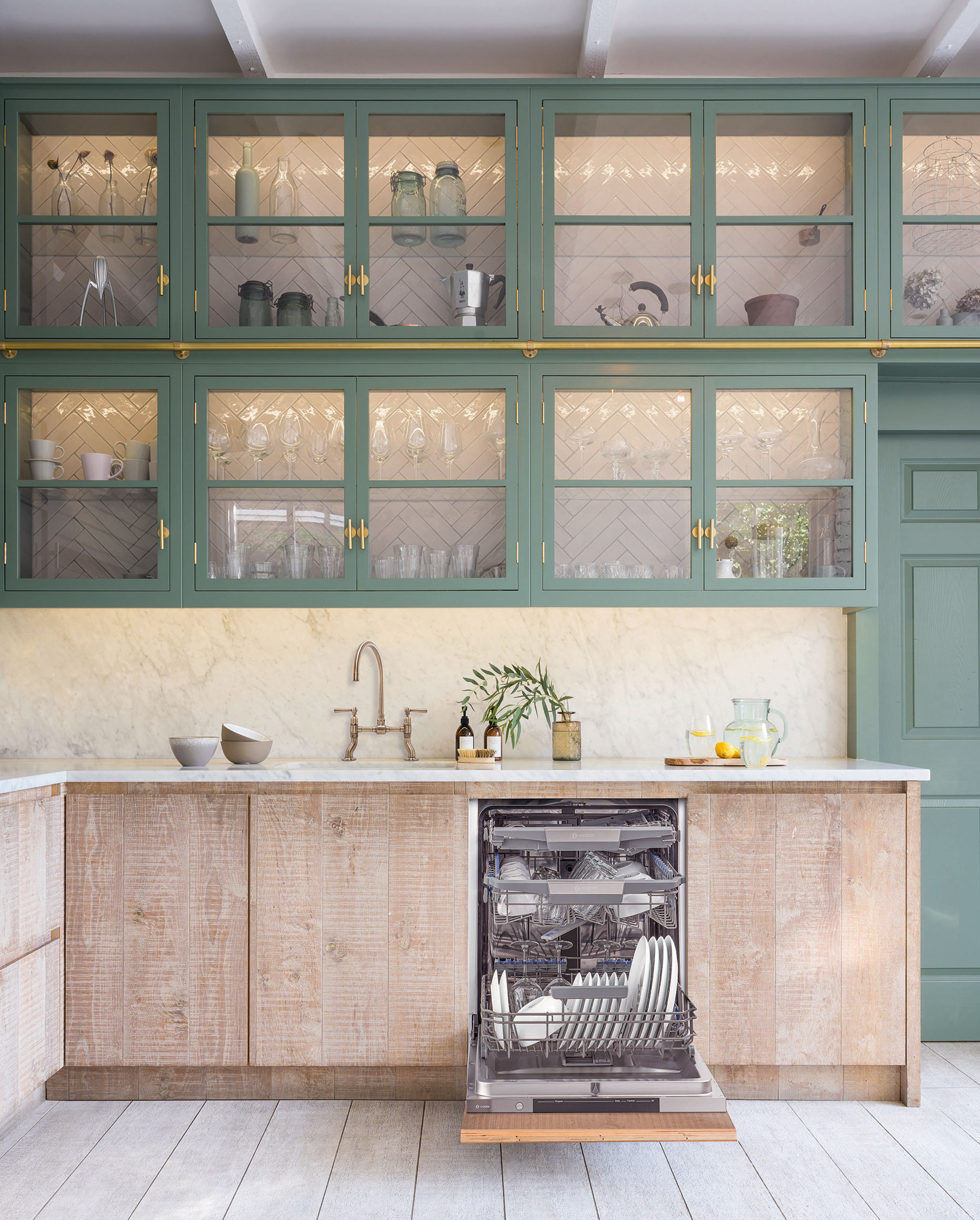
For lighting inside your kitchen cabinets to be used as part of your overall lighting scheme, you need to be able to see it, so ambient lighting with glass-fronted kitchen cabinets is a perfect pairing for a modern kitchen idea.
For this type of design, the interior lighting needs to be controlled on a separate external switch, allowing it to be used as part of the general ambient lighting.
'It's important to think about where the light switches will be placed and ensure that this is implemented within building plans,' says Richard Davonport, managing director of Davonport Kitchens. 'Make sure light switches for your kitchen cabinet lighting are easily accessible upon entry to the room as well as easy to reach without interrupting the working area of the kitchen.'
2. Use cabinet lighting with reeded glass panels
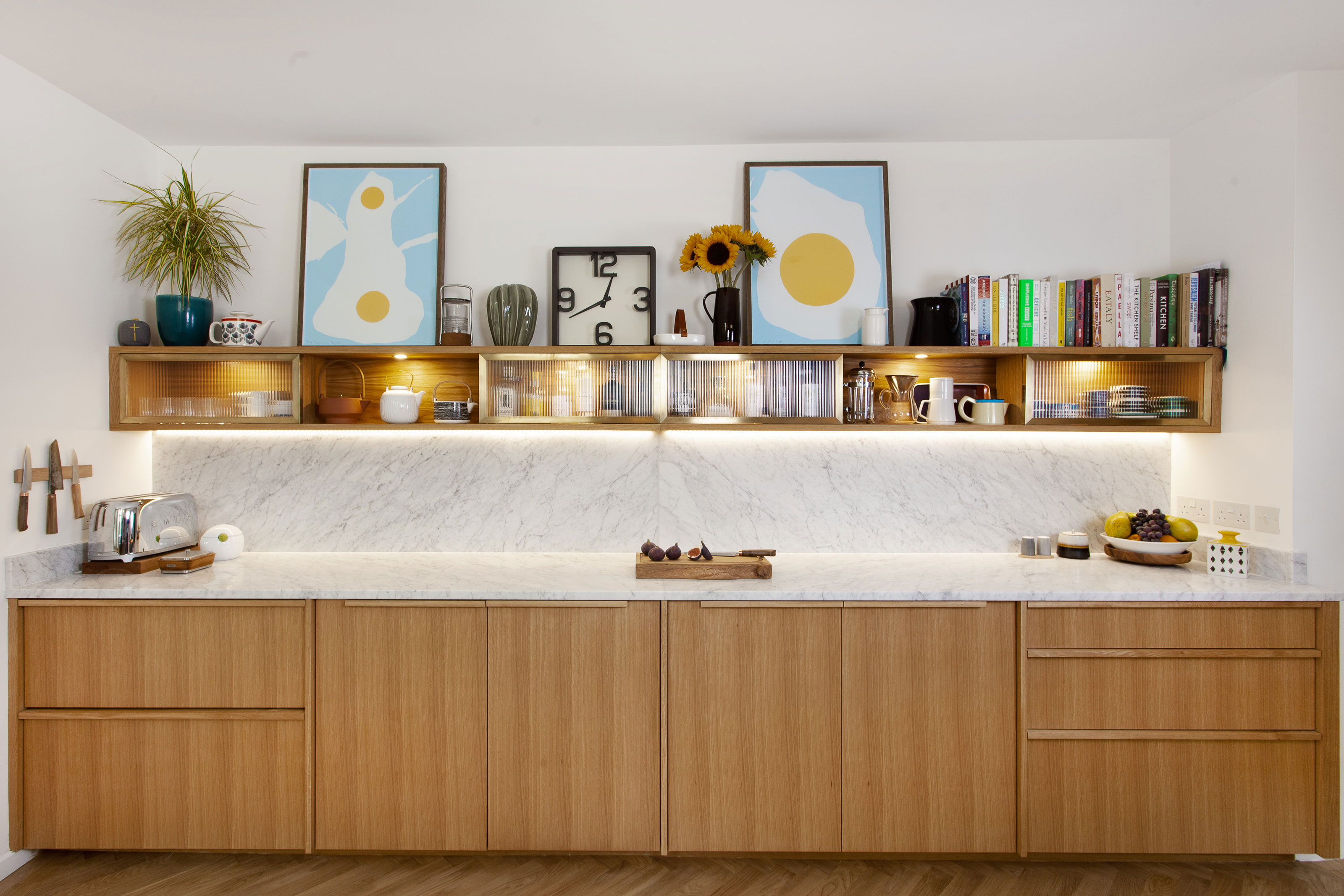
If keeping your kitchen organized doesn’t come naturally, the combination of glass-fronted cabinets and lighting might serve only to highlight things that you don’t want guests to see. The solution? Using obscured glass panels in cabinetry, such as reeded or opaque glass.
‘The reason we love to use reeded glass is because of the way the colors refract through the glass giving a distorted view of the items behind,’ says Matt Prall, managing director at bespoke kitchen makers Papilio. ‘It allows the cabinet content to be a little less organized than standard glass, giving you functional space rather than display space, while still making use of cabinet lights as part of your lighting scheme.’
3. Have lights come on when you open kitchen doors
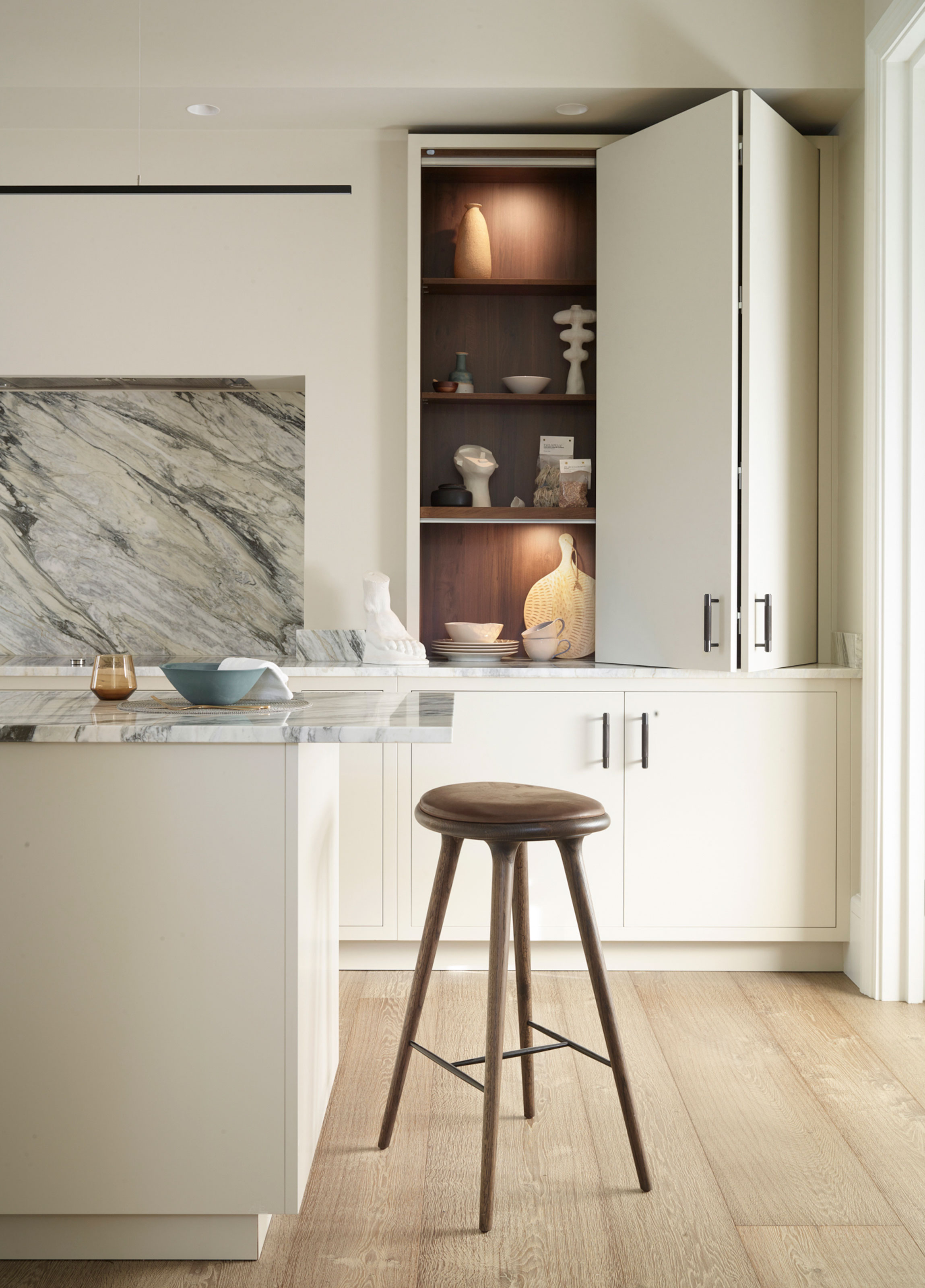
For solid-fronted cabinets doors, internal lighting is most effective if it turns on when you open them. There are two main approaches to this.
'We like to include lighting in tall or deep cabinets with contact switches so you can see what’s in there,' says James Veal, co-founder of New York design studio Stewart-Schafer. Contact switches will engage when the door is open and the contact between the two elements of the switch is broken. This makes it relatively reliable, but it's still possible to switch them off manually inside.
'I suggest adding a sensor to the door,' says Roundhouse's Allison Lynch, 'so that when they open, the lights turn on and when not in use and the doors are closed, the lights automatically turn off.' The effectiveness of motion sensors relies on where they're placed and the direction they face. If you leave cupboard doors open, they may turn themselves on and off, but again, can be controlled manually too. This option is easier to retrofit into cabinets than contact switches, which require wiring up.
4. Create accent lighting in cabinets with downlights
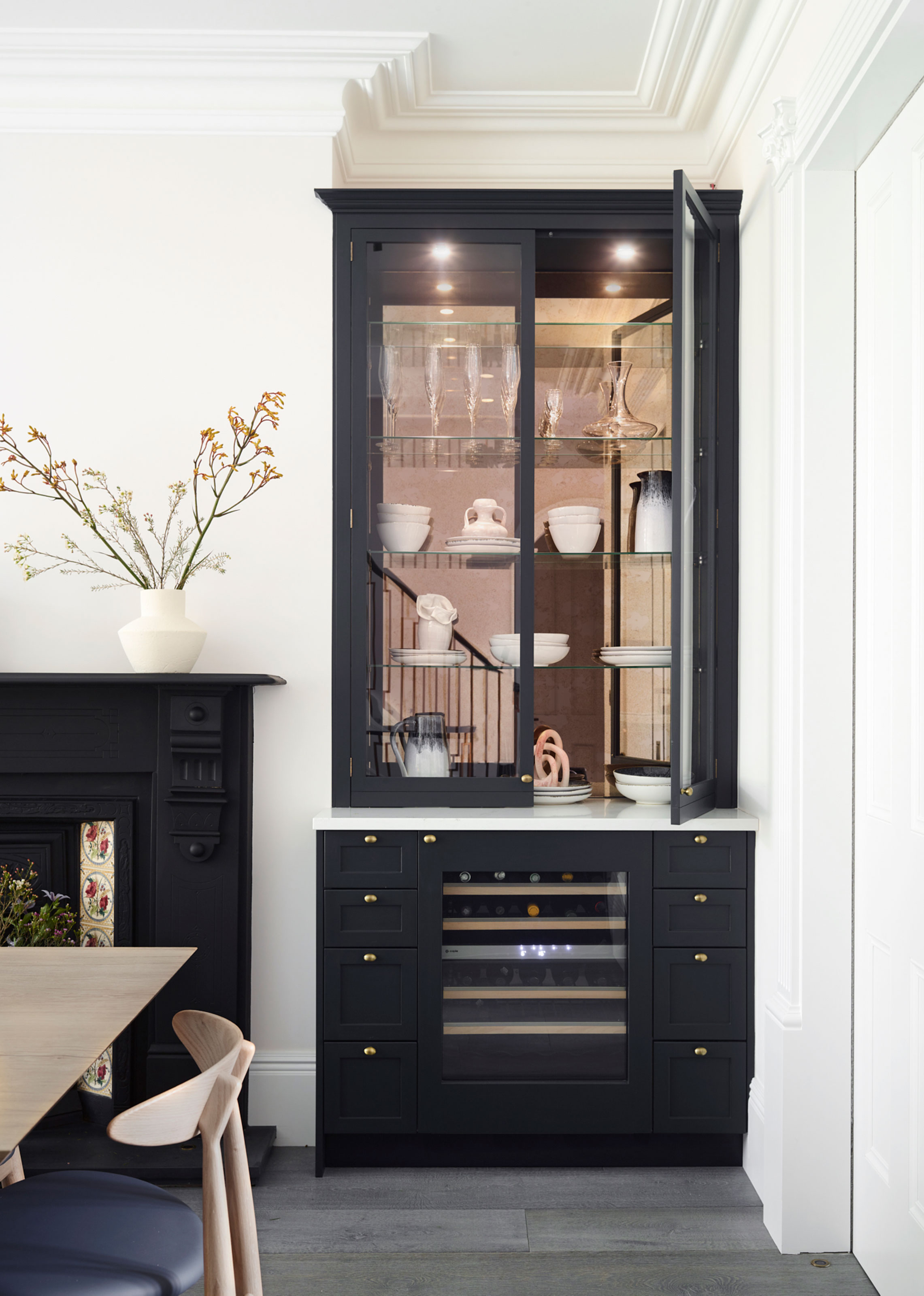
Your choice of lighting will change the overall look and feel, so it's important to choose the right style for what you're trying to achieve.
For example, using individual downlights will create a cone of light that’s less evenly spread across the interior of cupboards, causing dark spots that aren’t as useful when searching for something inside. However, this can be a much more effective form of accent lighting, used to highlight decorative objects in cupboards.
5. Use LED strips for sleek cabinet lighting
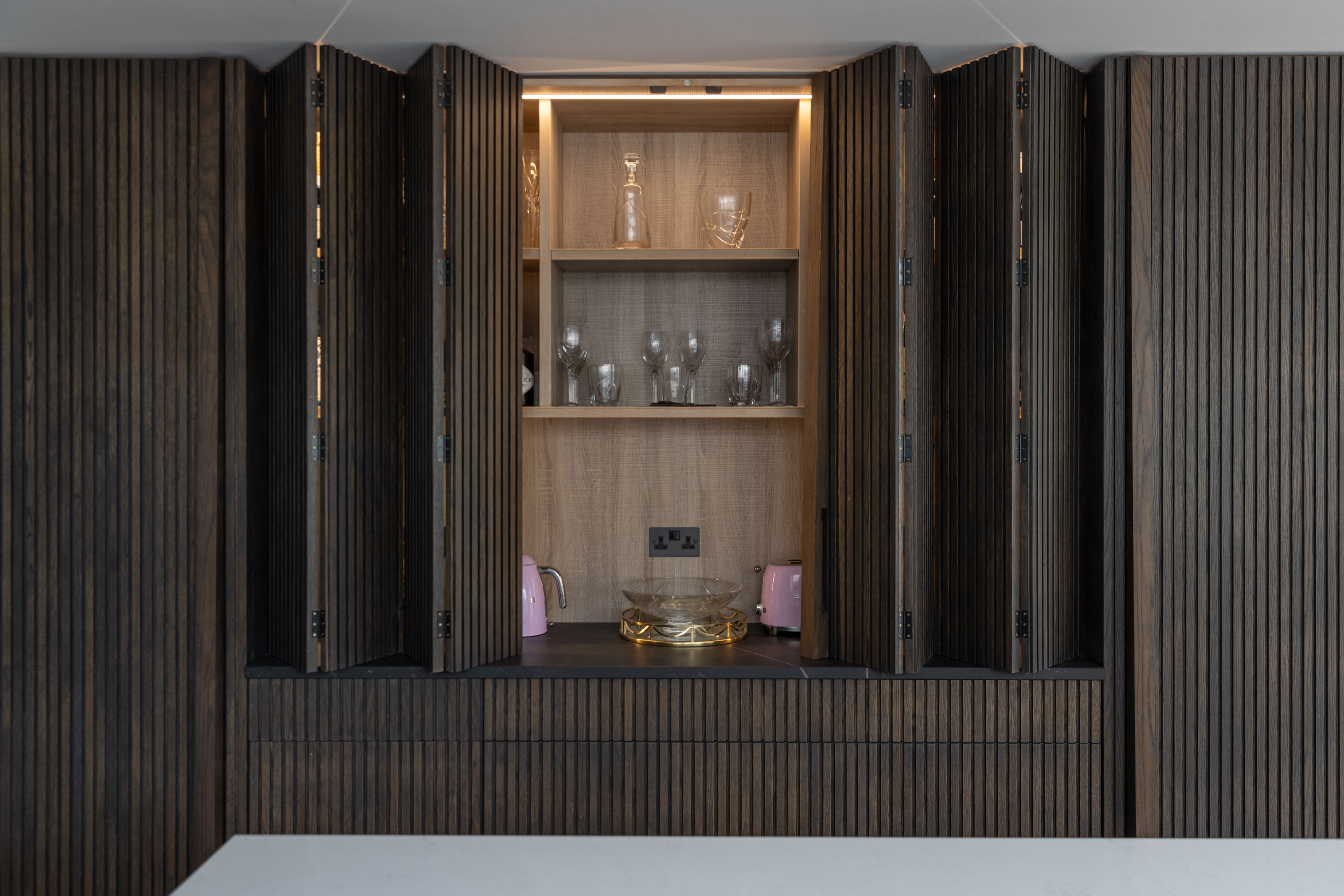
The reason that kitchen cabinet lighting ideas have become such a big interior design trend is largely down to the use of strip LED lights. In luxury kitchen design, these are built into the cabinetry in diffused routed channels, ensuring that they sit flush with the cabinetry and are hardly visible when not in use.
This type of kitchen cabinet lighting not only offers a solid, even light, but can be easily installed to highlight specific features of your kitchen.
In this kitchen design by Irish firm Architectural Farm, a long LED strip has been combined with a set of slatted bi-folding doors which reveal an impressive breakfast station.
6. Install lighting under wall-mounted cabinets
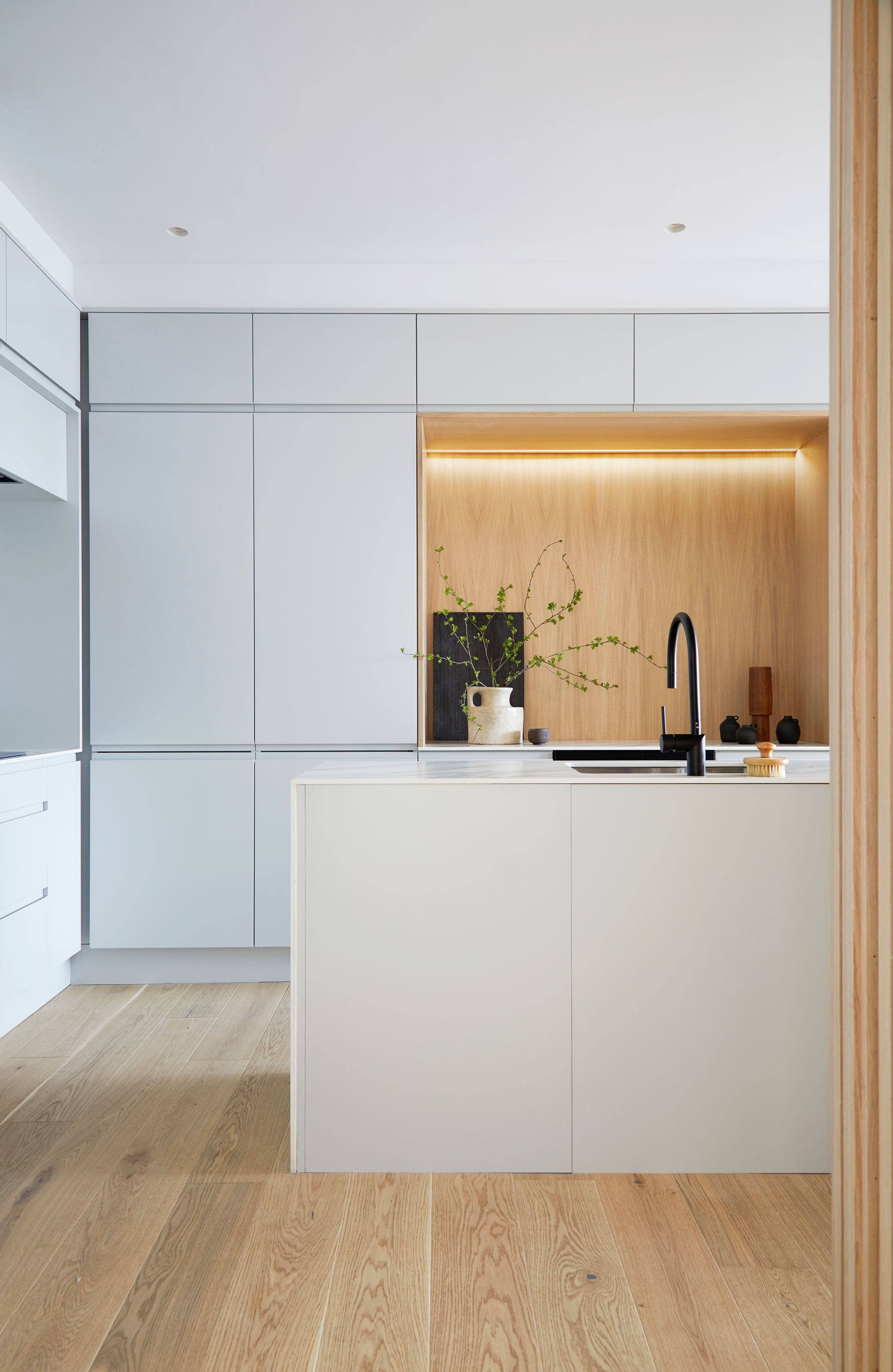
Kitchen cabinet lighting ideas aren’t just limited to illuminating the inside of your units – there are also clever design tricks that can be used to create atmospheric ambient lighting for your kitchen such as installing lighting under wall-mounted cabinets as a kitchen wall lighting idea.
‘We like to hide lighting under cabinets to create a moody atmosphere,’ says James Veal of Stewart-Schafer. This type of lighting can be used to supplement task lighting for your kitchen countertops, but works best as a decorative type of lighting, especially for illuminating an open kitchen idea during the evening.
7. Add back lighting behind cabinets
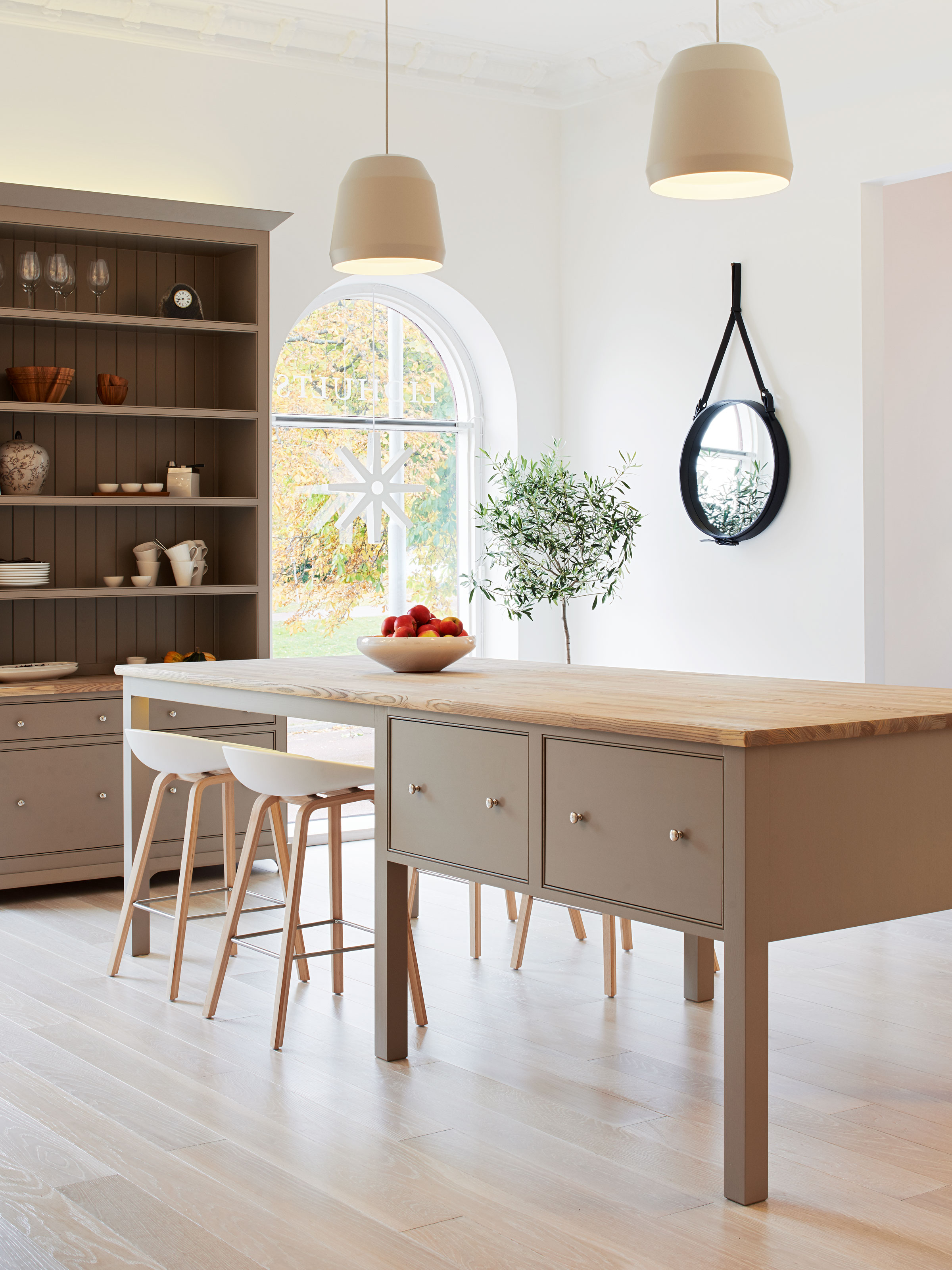
Positioning lighting strips on the back of cabinets is another example of moody accent lighting. ‘Backlighting above kitchen cabinetry not only adds depth to a room but it also creates an ambient atmosphere,’ says Sofia Bune Strandh, CEO of Sola Kitchens.
Generally used at the back of tall kitchen units, when combined with white walls and ceiling, backlighting will cast a soft, diffused light around your kitchen making it a great choice for pale and white kitchen ideas.
8. Add lighting to a kitchen island
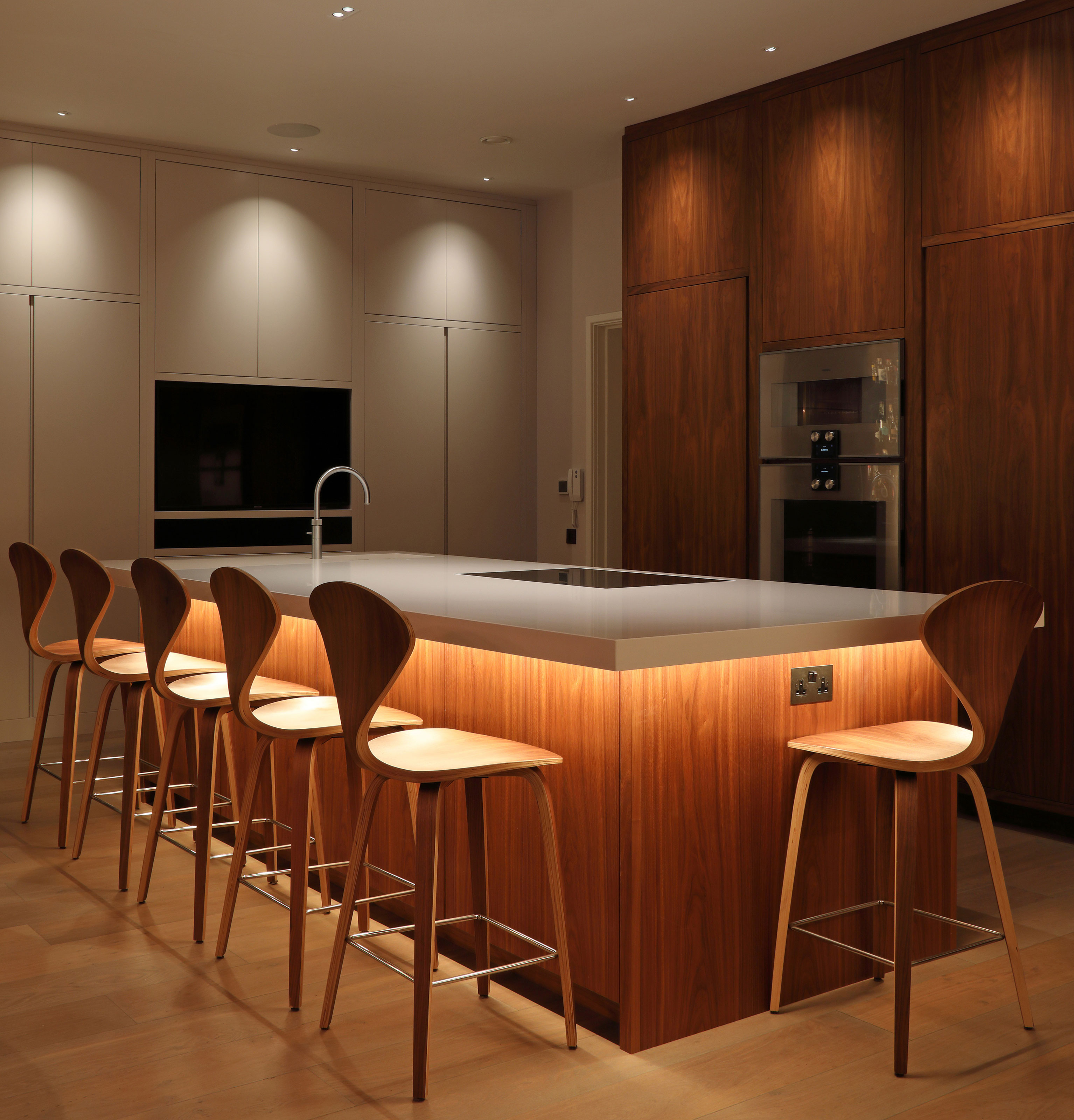
Accent lighting can also be considered as part of your kitchen island lighting ideas. In this scheme devised by the lighting designers at John Cullen Lighting, LEDs have been installed underneath the countertop overhang, washing down the island with a soft light to showcase it at its best after the sun goes down.
'Introducing lights around the plinth of islands also adds to the look and feel, which lifts the kitchen and adds ambiance,' Roundhouse's Allison Lynch also suggests. This can create the effect of a floating island when used with the right type of lighting.
9. Light up reveals in kitchen cabinetry
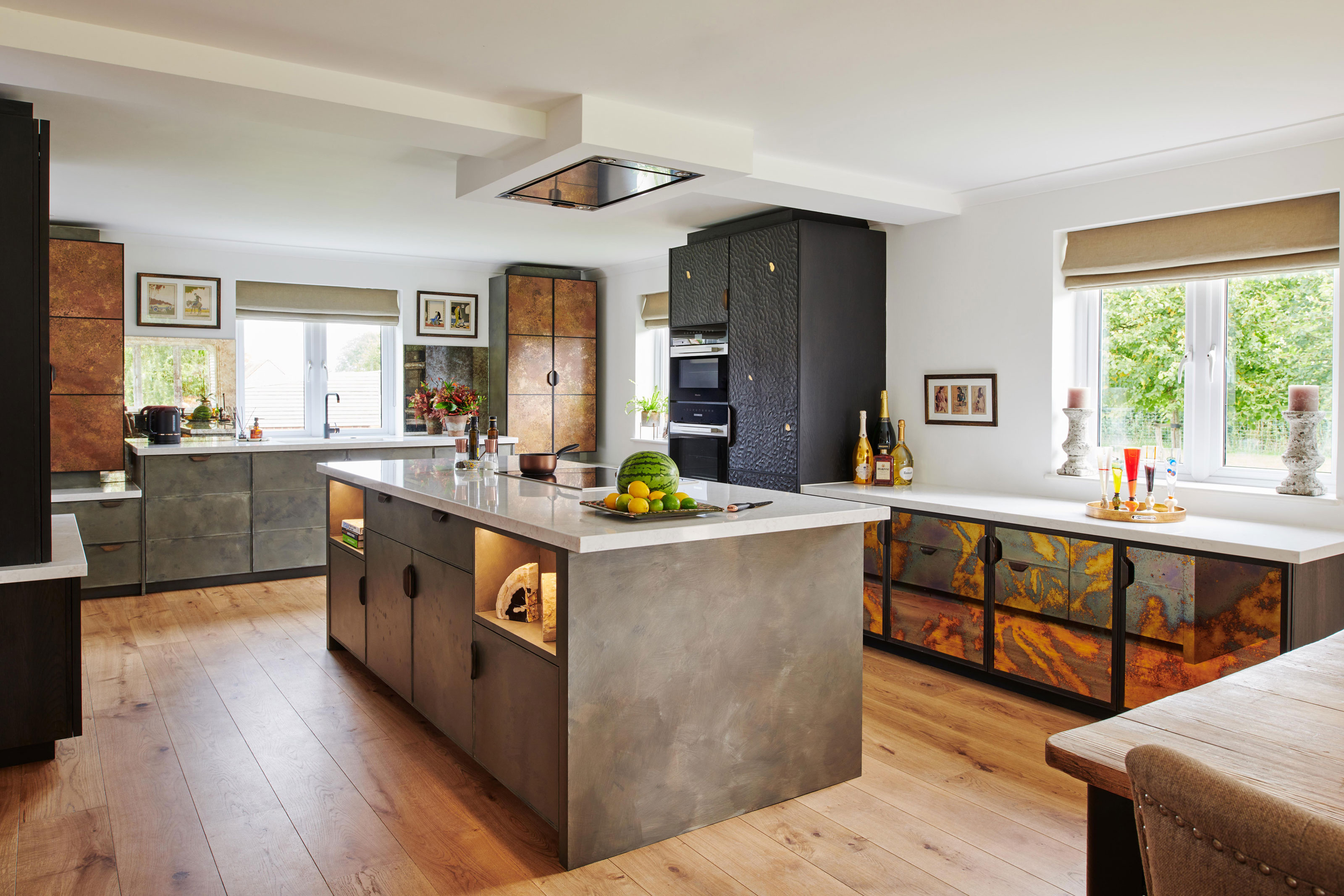
In this clever design by Ledbury Studio, small decorative niches have been incorporated into the cabinetry, breaking up the expanse of the island material and creating a space to display beautiful objects.
Super-warm LED downlights, which complement the rich metallic tones of the kitchen, have also been incorporated into these compartments, making this a design feature that comes into its own when the rest of the lights in the room are switched off.
What color light should be used for kitchen cabinet lighting?
The color temperature of lighting you specify for kitchen cabinets will play a major role in the atmosphere created in your space.
'The warm white has a golden hue and forms a softer light whereas the cool white produces an almost blue, bright white light,' explains Davonport Kitchens' Richard Davonport.
'Different furniture styles are better suited to warmer or cooler tones, for example a country kitchen will likely look best with warm lighting as opposed to cool white, as it will complement the tones of the wood and décor typical to this style,' he continues.
In general, warm whites are the preferred choice for ambient and mood lighting, while cooler tones are better for task lighting. 'Typically, kitchen cabinet lighting should be warmer in temp, around the 2500K mark,' says Stewart-Schafer's James Veal.
Be The First To Know
The Livingetc newsletters are your inside source for what’s shaping interiors now - and what’s next. Discover trend forecasts, smart style ideas, and curated shopping inspiration that brings design to life. Subscribe today and stay ahead of the curve.

Hugh is Livingetc.com’s editor. With 8 years in the interiors industry under his belt, he has the nose for what people want to know about re-decorating their homes. He prides himself as an expert trend forecaster, visiting design fairs, showrooms and keeping an eye out for emerging designers to hone his eye. He joined Livingetc back in 2022 as a content editor, as a long-time reader of the print magazine, before becoming its online editor. Hugh has previously spent time as an editor for a kitchen and bathroom magazine, and has written for “hands-on” home brands such as Homebuilding & Renovating and Grand Designs magazine, so his knowledge of what it takes to create a home goes beyond the surface, too. Though not a trained interior designer, Hugh has cut his design teeth by managing several major interior design projects to date, each for private clients. He's also a keen DIYer — he's done everything from laying his own patio and building an integrated cooker hood from scratch, to undertaking plenty of creative IKEA hacks to help achieve the luxurious look he loves in design, when his budget doesn't always stretch that far.
-
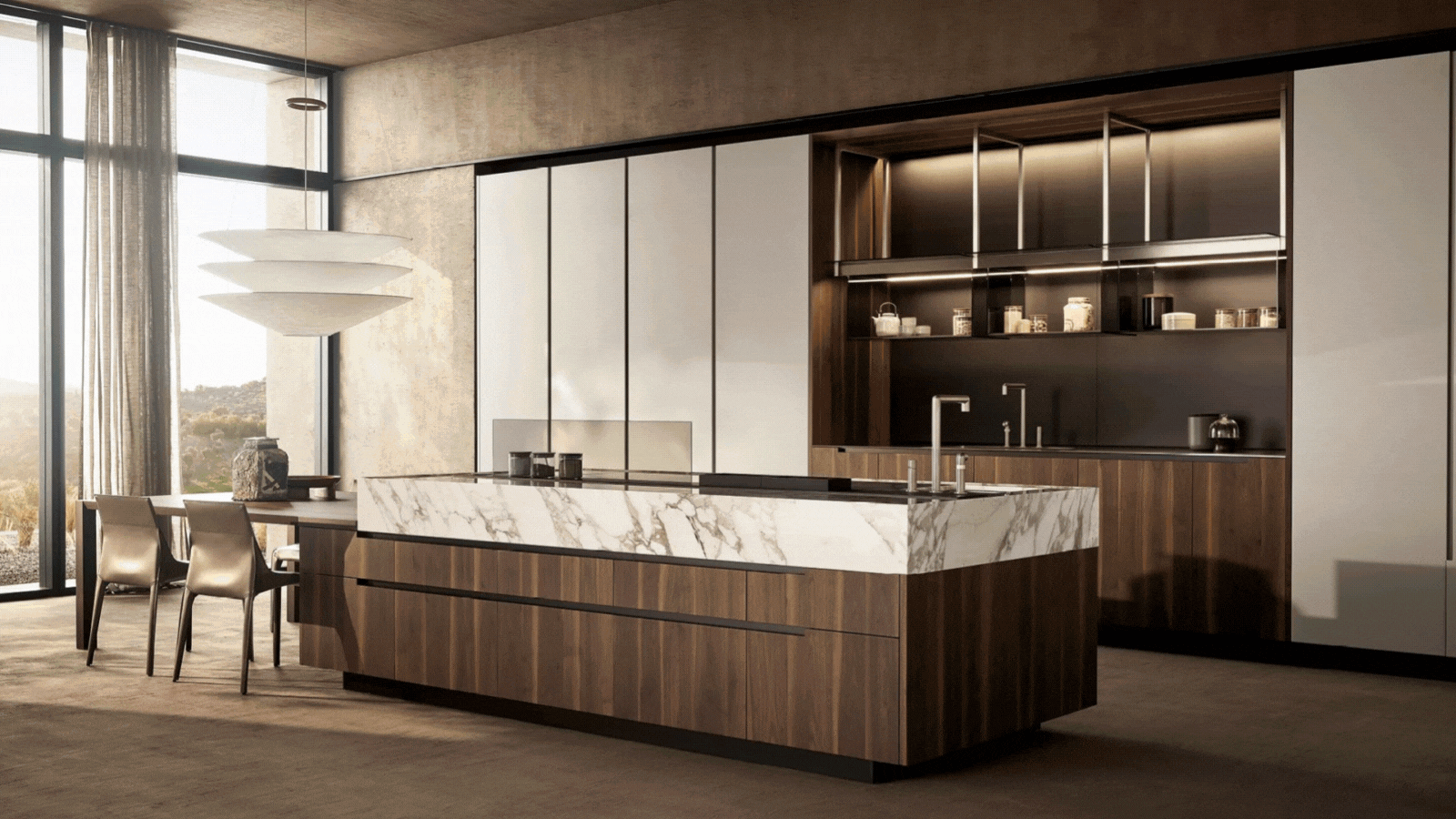 Italian Kitchen Trends — 5 Emerging Ideas From the Chicest Italian Designers That I Predict Will Go Global in 2025
Italian Kitchen Trends — 5 Emerging Ideas From the Chicest Italian Designers That I Predict Will Go Global in 2025Fresh from Milan Design Week, these are the exciting finishes, styles, and innovative materials I can't wait to see in more kitchens this year
By Faiza Saqib Published
-
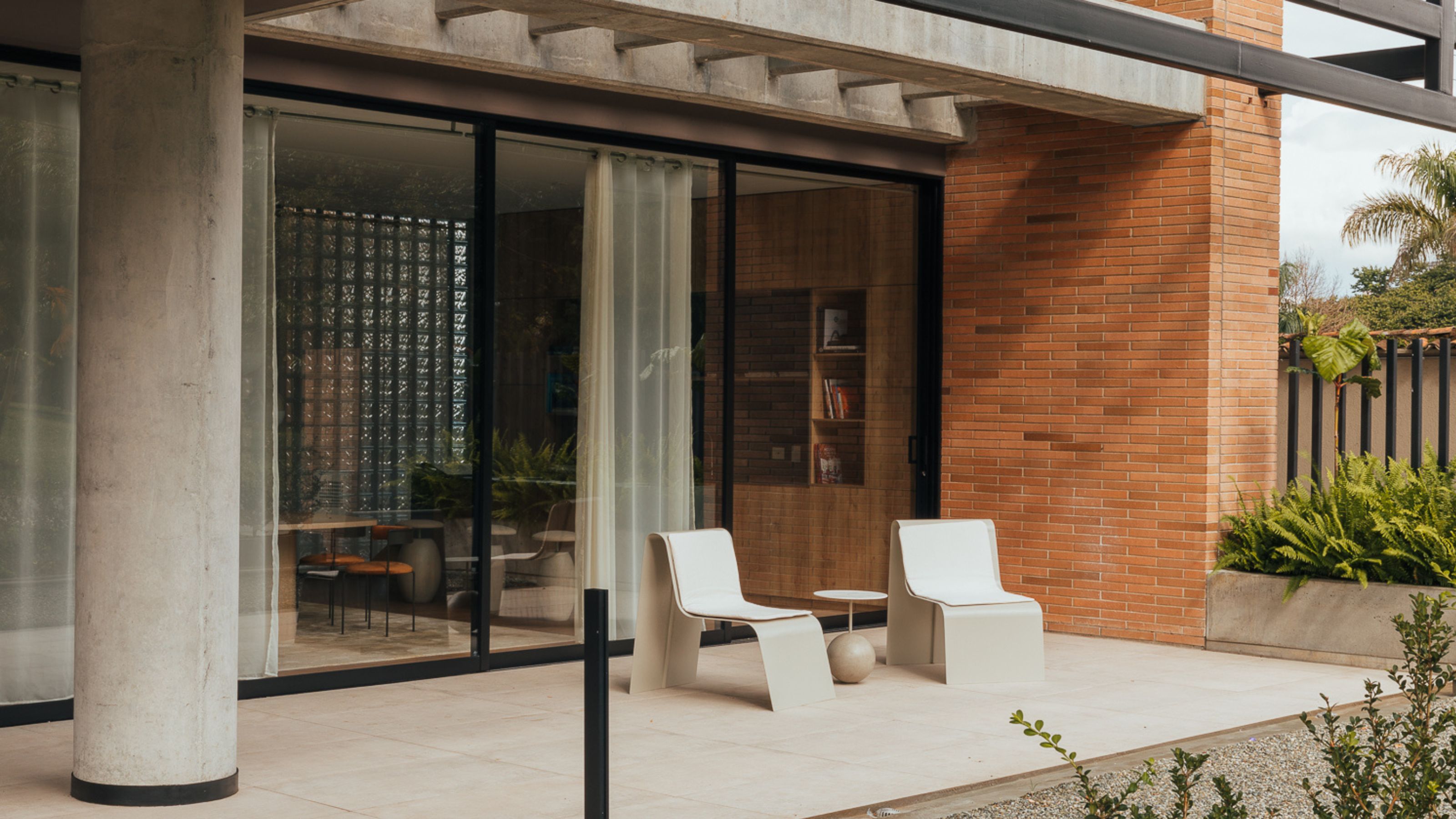 Small Patio Ideas — 8 Clever Ways to Style Up Even the Tiniest of Outdoor Spaces
Small Patio Ideas — 8 Clever Ways to Style Up Even the Tiniest of Outdoor SpacesIf you're dreaming of turning your small patio into a dream space the right combination of practical and creative ideas will help you max up its potential
By Sarah Wilson Published